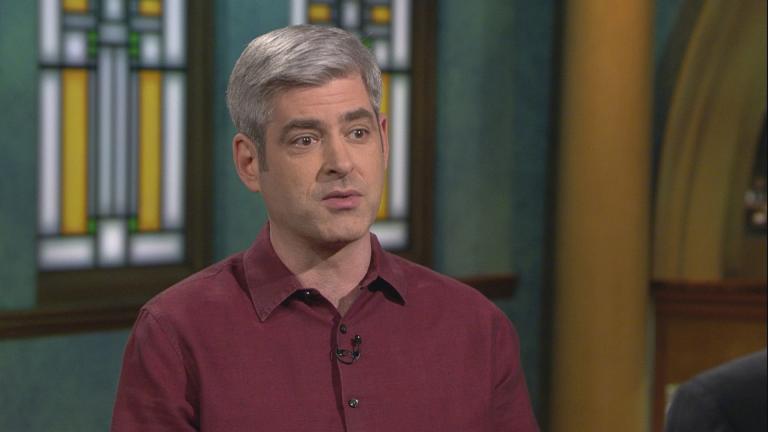 Did European scientists do the impossible and exceed the speed of light? They say they did; now west suburban Fermilab will conduct its own experiments on this. Eddie Arruza talks with a Fermilab scientist about the speed of light and what it all means on Chicago Tonight at 7:00 pm.
Did European scientists do the impossible and exceed the speed of light? They say they did; now west suburban Fermilab will conduct its own experiments on this. Eddie Arruza talks with a Fermilab scientist about the speed of light and what it all means on Chicago Tonight at 7:00 pm.
For more than a century, it's been the bedrock of modern physics: E=mc². Albert Einstein's famous equation stipulates that nothing in the universe can travel faster than light. At a little more than 186,000 miles per second, the speed of light is sometimes referred to as the cosmic speed limit.
But last week, European scientists at CERN, the European Organization for Nuclear Research, announced that they had exceeded the speed limit using a somewhat mysterious subatomic particle called a neutrino.
The scientists shot a particle beam from Geneva, Switzerland to Gran Sasso, Italy: a distance of about 454 miles. It takes light only .0024 seconds to travel that distance. But neutrinos made it there in 60 billionth of a second faster, or about 5 miles per second faster.
The scientists say they repeated the experiment 15,000 times with the same results, and they said they scoured all of their calculations for error but found none.
The announcement left some scientists around the world shocked; others are simply skeptical.
After making their announcement last week, the European physicists asked colleagues around the world to double-check their findings. If they reach the same conclusions, could it be that Einstein had it all wrong?
Fermilab's Main Injector Neutrino Oscillation Search (MINOS) collaboration published its own measurement of the time of flight of neutrinos in 2007, which yielded a value exceeding the speed of light by only 1.8 sigma—a level of significance far below the five-sigma threshold that physicists have established for a discovery.
MINOS has begun the process of upgrading its detector to repeat the time-of-flight measurement with greatly increased precision. New results from the MINOS collaboration on this phenomenon are not expected until at least 2012.
For more information, visit the photo gallery and links below.








